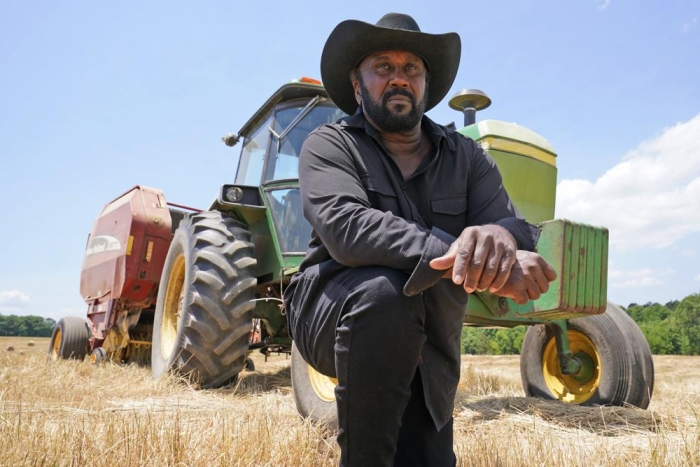
There was a time when Black farms prospered.
Just two generations out of slavery, by 1910 Black farmers had amassed more than 16 million acres of land and made up about 14 percent of farmers. The fruit of their labors fed much of America.
Now, they have fewer than 4.7 million acres. Black farms in the U.S. plummeted from 925,000 to fewer than 36,000, according to the U.S. Department of Agriculture’s latest farm census. And only about one in 100 farmers is Black.
What happened?
They were able to overcome the broken promise of “40 acres and a mule” to the newly freed slaves — a military order, later rescinded. But over the last century, they faced one obstacle after another because of their race.
Farmers needed loans to expand, to buy seed, to bridge the time between harvests. But lenders — chief among them, the USDA — often refused to give them money, and often rushed to foreclose. Suppliers and customers undercut them. Laws of inheritance led to the breakup of homesteads.
Now the government wants to make amends by providing billions of dollars in debt forgiveness for farmers of color as part of the pandemic relief package. But a judge has put the money on hold in the face of lawsuits filed by white farmers claiming that the program is unfair — reverse discrimination.
Today’s Black farmers and the descendants of Black farmers who struggled and lost their stakes argue that they are the ones who have been the victims of injustice:
The Virginia farmer who barely was able to keep part of his farm when the USDA threatened to sell it at auction. The Kansas man who lost the land his grandparents once homesteaded. The Arkansas farmer who is holding on by a thread, praying the federal aid will come through in time.
It was racism, says farmer John Wesley Boyd Jr. And it still is.
“I think discrimination is still pervasive. I think that it’s done in a much subtler way,” Boyd says. “I don’t think you’re going to see many USDA officials spitting on people now or maybe calling them colored, but they aren’t lending them any money — the way they lend white farmers.”
___
Steering his John Deere tractor with his left hand, the 55-year-old Boyd clutches a rusty, mud-encrusted horseshoe in his right. Discovered in a field by one of his workers, it’s become something of a talisman.
“This horseshoe here probably came off one of the mules,” he says as the squeaky-creaky planter carves rows into the rocky soil. “Because that’s what Blacks were using. They weren’t using no tractors like this, man.”
On this blistering summer day, Boyd is sowing his cash crop, soybeans, making passes up and down a rolling 1,000-acre tract along the broad Roanoke River in Virginia. It’s one of several parcels he owns, totaling 1,500 acres — some of it land that his ancestors once tilled as slaves.
And now, it’s his. Some days, it’s hard to believe.







